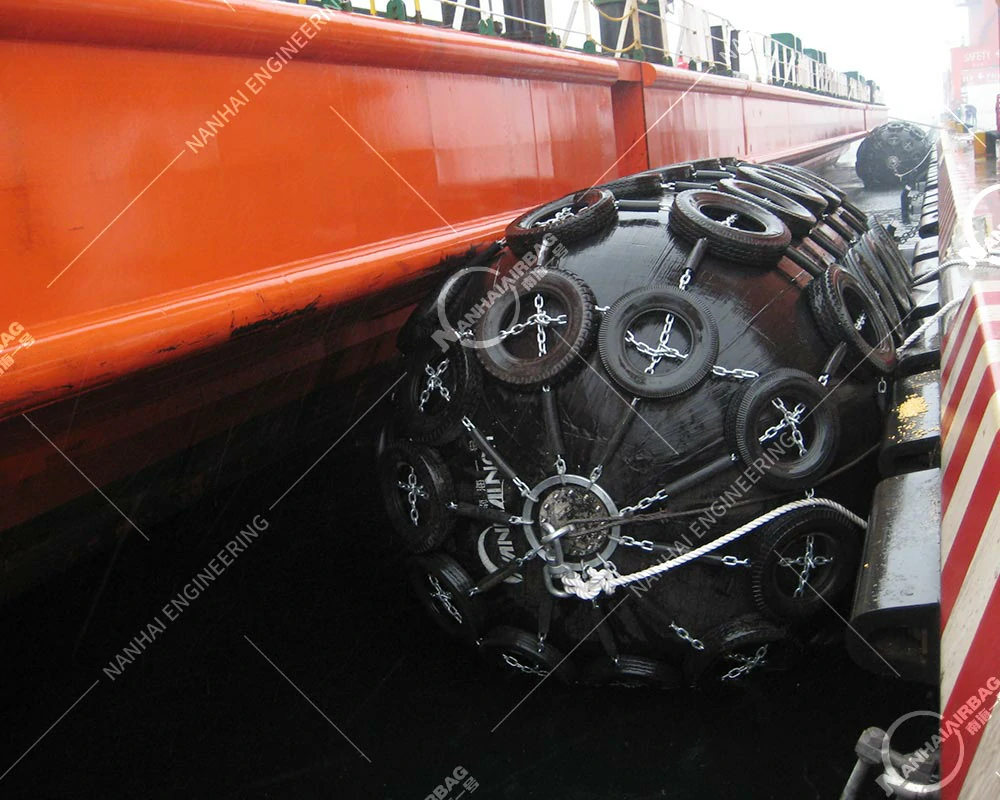Why Every Boat Owner Needs a D-Fender (Marine Fenders) for Maximum Protection
04/06/2025Featured Snippet Alert: What Are Foam Filled Fenders?
10/06/2025
Picture this: Your boat is docked in a busy marina during a storm. Waves slam the hull against the pier, threatening cracks, dents, or worse. Without proper protection, the damage could cost thousands. Enter Yokohama Floating Fenders—the marine industry’s go-to solution for high-impact docking. Let’s explore why these floating marvels are a must-have and how they outshine traditional fenders.
🌊 What Makes Yokohama Floating Fenders Essential?
1. Unmatched Impact Absorption
Yokohama floating fenders are engineered with marine rubber fenders that flex and rebound, dissipating up to 90% of kinetic energy. Unlike rigid systems, their hollow, buoyant design self-adjusts to pressure, making them ideal for yachts, cargo ships, and even cruise liners. For example, a 20-inch Yokohama fender can handle the same force as a 30-inch rigid fender—minus the noise and vibration.
2. Universal Compatibility
From small sailboats to mega-ships, these fenders adapt to any vessel. Their low-profile shape allows tight spaces (like marina corners) to stay protected, while anti-slip surfaces prevent boats from scraping. Unlike fixed fenders, they’re easy to deploy on docks, seawalls, or even temporary setups during events.
3. Built to Last in Harsh Conditions
Exposed to saltwater, UV rays, and freezing temps? Yokohama’s marine-grade rubber resists cracking, fading, and degradation. A study by the Marine Equipment Association found that Yokohama fenders retain 95% of their cushioning ability after 10 years—far outperforming cheaper plastic alternatives.
⏳ Why Act Fast? The Hidden Risks of Skipping Protection
Imagine a tourist boat ramming into your dock because its fenders failed. Repairs could run into five figures. Worse, injuries from unstable vessels could lead to lawsuits. Yokohama floating fenders prevent these disasters. In fact, ports using these fenders report 70% fewer docking collisions. One storm season without protection could mean a sunk dock or a totaled yacht. Why gamble?
🚤 How to Choose the Right Yokohama Floating Fender
Not all fenders are created equal. Here’s what to prioritize:
- Density: Yokohama’s 65-75 Shore A rubber balances cushioning and durability.
- Size: Match diameter to vessel size (e.g., 16-inch for sailboats, 30-inch for ferries).
- Certifications: Look for ISO 17338 compliance for industry-tested performance.
Pro Tip: Pair with fender boards for sharp-edged hulls or rocky shores.
🔧 Installation Hacks for Maximum Protection
- Strategic Placement: Anchor fenders at bow/stern and midsection contact points.
- Adjust Buoyancy: Use air valves to fine-tune firmness based on water conditions.
- Regular Checks: Inspect for punctures or wear after storms or heavy use.
❓ People Also Ask (FAQs):
Q: Are Yokohama floating fenders better than spherical ones?
A: Yokohama excels in tight spaces and calm waters, while spherical fenders handle extreme impacts. For most recreational boats, Yokohama is the smarter choice.
Q: Can I use marine rubber fenders in saltwater?
A: Absolutely! Yokohama’s saltwater-resistant rubber is designed for harsh marine environments.
Q: How long do Yokohama fenders last?
A: With proper care, 10+ years. Inspect annually for cracks or UV damage.
🛠️ Final Thoughts: Upgrade Your Docking Game Today
Yokohama floating fenders aren’t just rubber—they’re your boat’s best defense. Whether you’re docking at a bustling port or anchoring in remote bays, these fenders save you money, stress, and headaches. Ready to invest? Check out our top-rated Yokohama models for every budget and vessel size!
